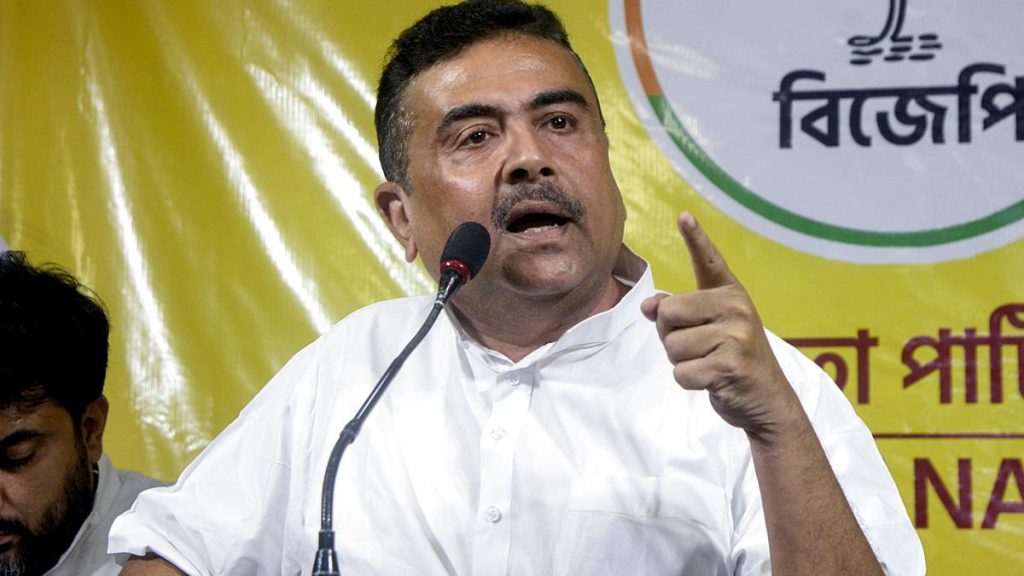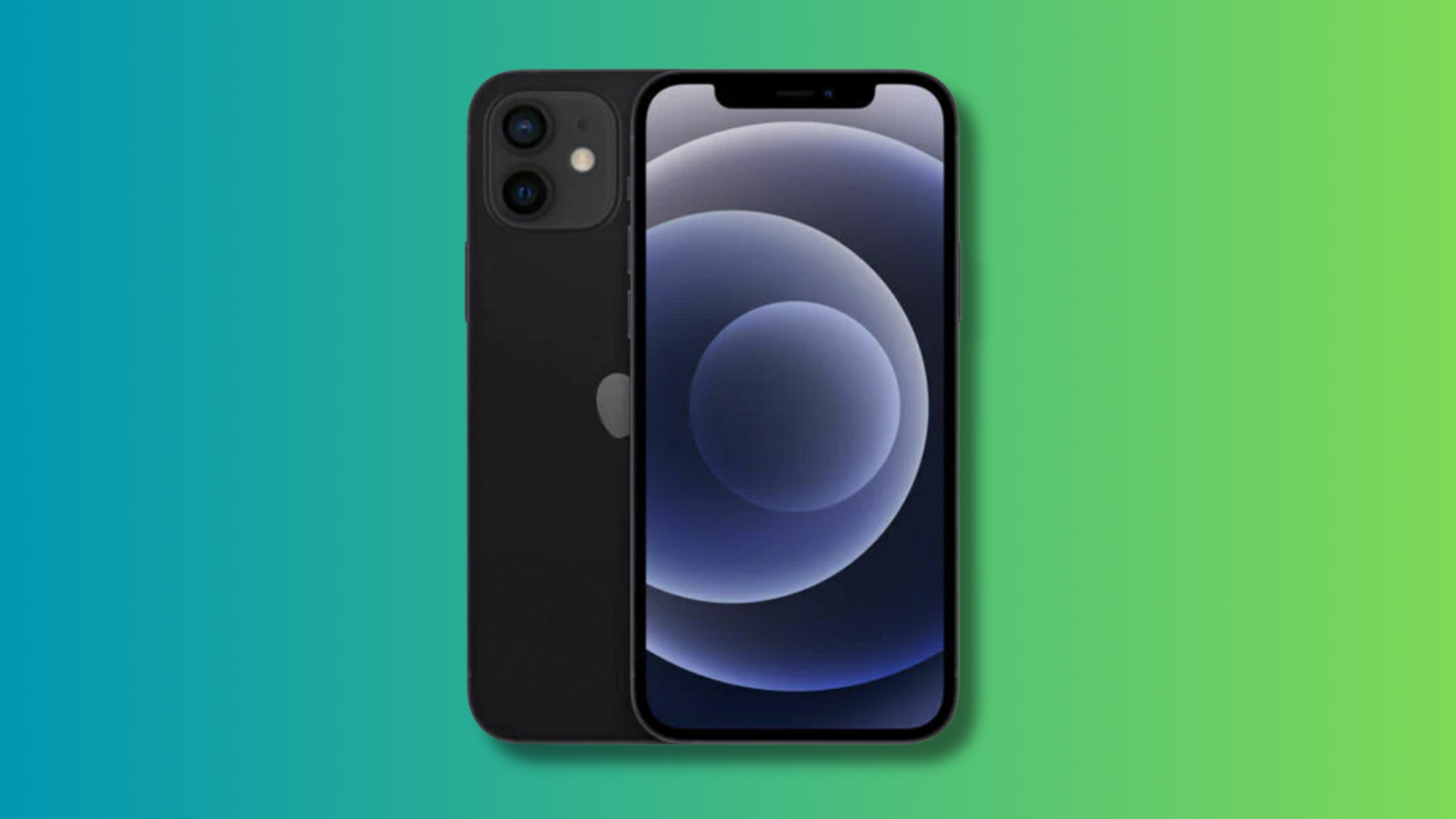Now Reading: How to Train Your YouTube Algorithm for Better Content
-
01
How to Train Your YouTube Algorithm for Better Content
How to Train Your YouTube Algorithm for Better Content

Quick Summary
- Nielsen stats reveal YouTube is the most-watched streaming platform, surpassing Disney+ and Netflix in total viewing hours.
- The article outlines strategies to optimize YouTube’s algorithm for personalized content recommendations:
1.Basic Tools:
– Use Likes/Dislikes as recommendation signals; these adjust suggestions but don’t fully block topics.
– Subscriptions act as “super-likes” but don’t guarantee visibility unless paired with visiting the Subscription tab.
– clicking notification bells ensures updates from subscribed channels and boosts engagement data for creators.
2. Intermediate Strategies:
– Removing videos from Watch History prevents unintended influences on future recommendations.
– Mark videos or channels as “Not Interested” or “Don’t Recommend Channel” for stronger curation control without autoplay interference.
3. Advanced Techniques:
– Personal playlists help silo specific interests while sparking narrower topic-based recommendations through sidebar filters.
– Using separate Google accounts provides individual “blank slates,” though YouTube premium benefits do not transfer across accounts.
Indian Opinion Analysis
The guidance this article offers could hold meaning in India,where internet consumption ranks among the highest globally,frequently enough via mobile devices with heavy reliance on platforms like YouTube for educational and entertainment purposes across languages and regions. While personalizing algorithms empowers users to avoid undesirable content spirals-particularly concerning misinformation-it underscores broader systemic challenges: ensuring tech platforms remain transparent about their AI models and user-data usage.
For India, where digital literacy varies widely, raising awareness about such tools could encourage healthier online habits amid a diversified cultural backdrop of viewership preferences ranging from regional cinema clips to political discourse or tutorials in multiple languages. given India’s ongoing dialog around regulating Big Tech’s accountability (e.g., algorithms influencing youth behavior), opinions may converge toward promoting clear controls over recommendation systems while balancing user trust against advertiser-driven models.Read More
























